Today Intel is unveiling a new product portfolio for industrial IoT and edge markets. Specifically, the company has the new Intel Atom x6000E series and 11th generation Core series IoT edge processors. The company’s edge computing portfolio has been aging, and so now we are seeing the need for new capabilities as well as increased performance. Let us get into the details.
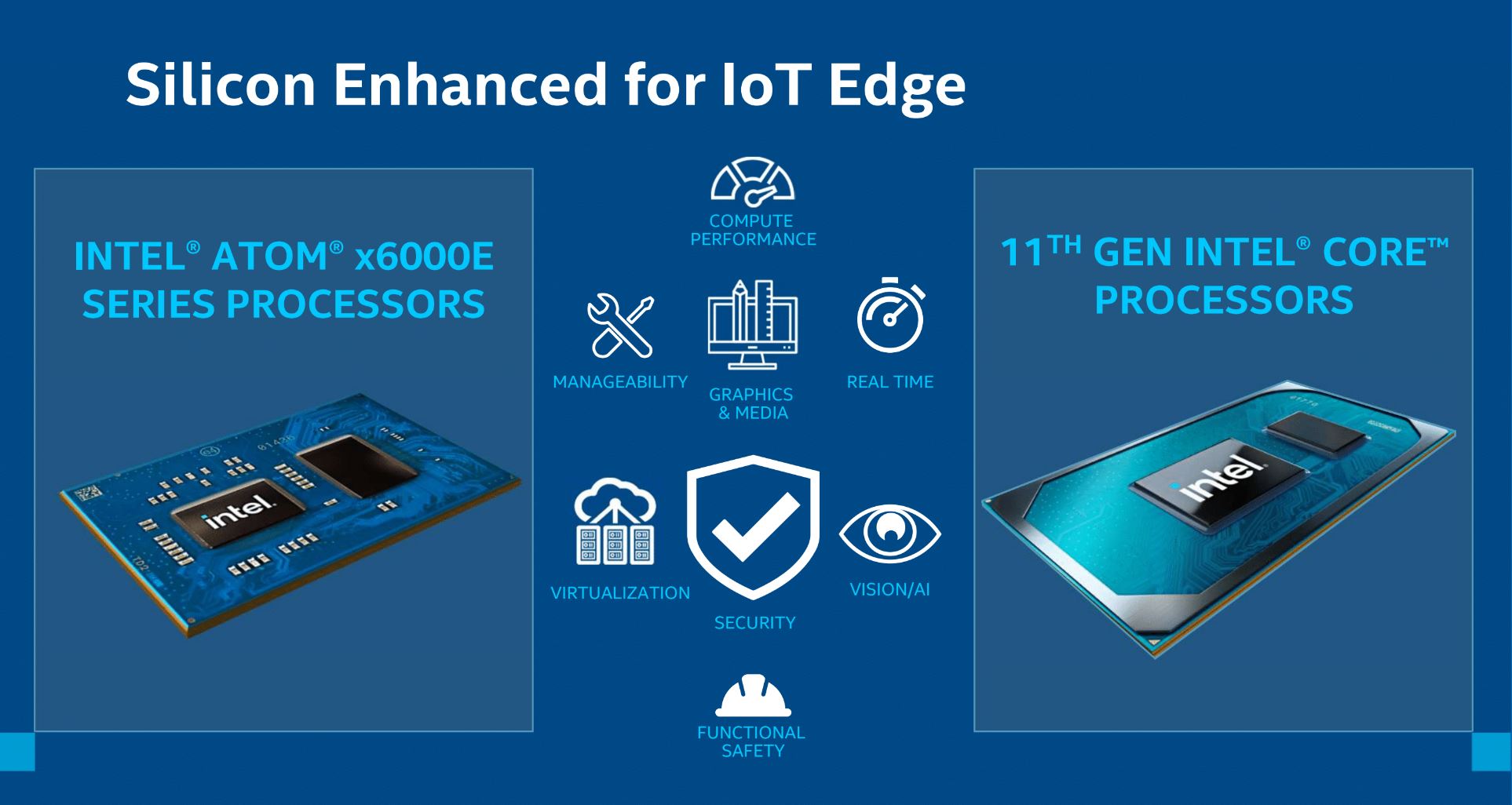
New Intel Atom x6000E
The first solution from Intel is the new Intel Atom x6000E family. The new Atom family codenamed Elkhart Lake comprises Atom N6000 and J6000 parts (hence the x6000.) These are not high-end Atom parts meant to replace the Denverton Intel Atom C3000 Series. Instead, they are 2-4 core parts meant for embedded applications. Here is the block diagram of the new solution
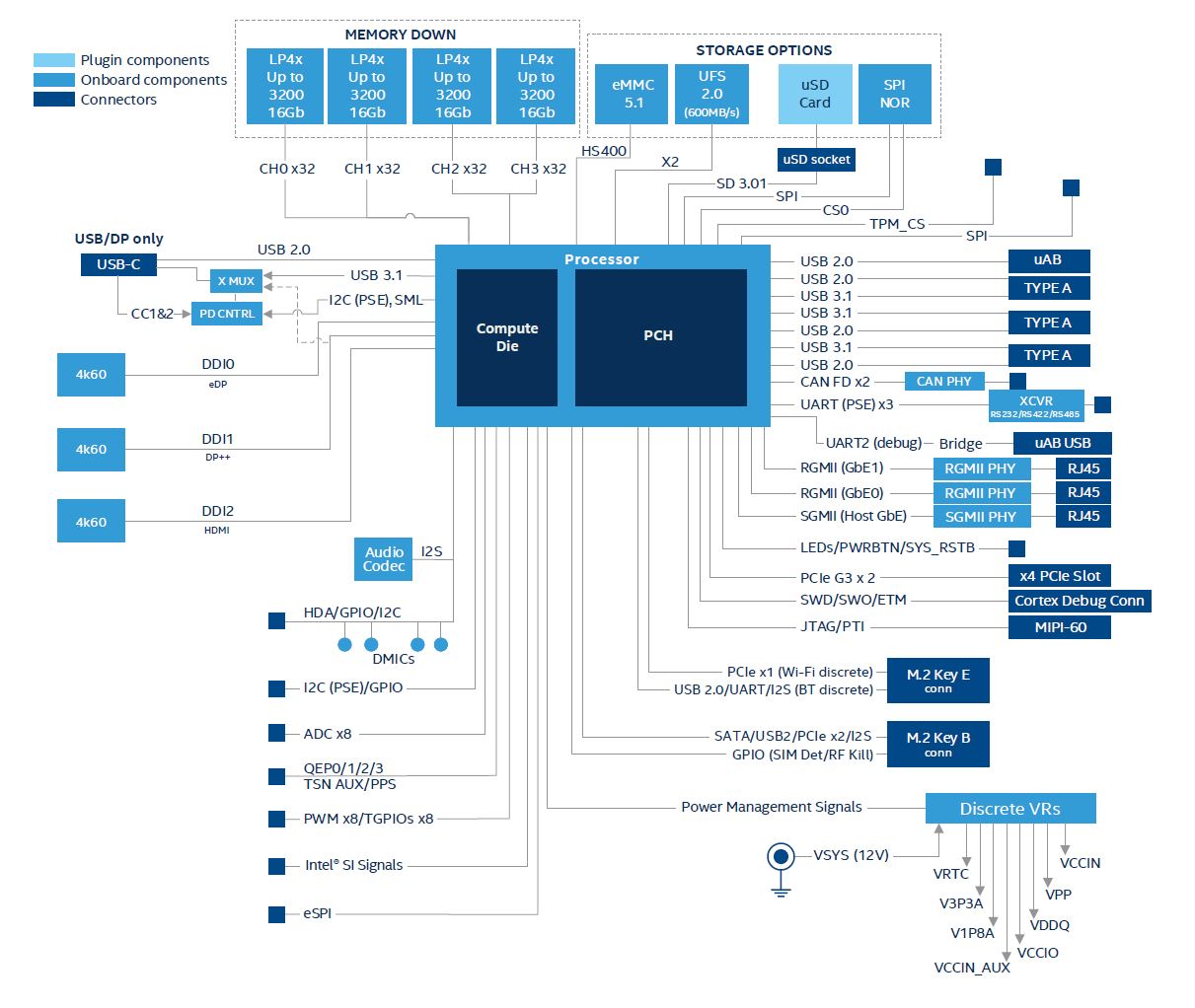
The systems that these are designed for are not necessarily full of PCIe devices and high RAM capacities. Instead, these are designed to be low power connectivity for edge devices.
As you can see, these are relatively low clock speed parts but most support turbo and an onboard GPU.

One of the more intriguing aspects is the Intel Programmable Services Engine (Intel PSE.) This is a management processor (ARM Cortex-M7 based) that runs Zephyr OS to provide IoT and out of band management functions. Intel also says this “lets you configure the Intel PSE to meet your application requirements and run real-time, ARM-based applications.” (Source: Intel) As a management interface, this can also allow one to remotely power cycle the device.
Architecturally this is interesting. Intel is using a “glued” CPU with an I/O die (PCH) and the Atom cores and advertising that it can run Arm-based applications. It was only a few years ago, these features were competitive digs at AMD and Arm vendors.
11th Gen Core Tiger Lake for the Edge
We already covered the recent 11th Gen Intel Core Tiger Lake 10nm Chips Launch so a lot is going to be the same with the embedded parts. What we did want to do is focus on what is being announced wich is an 11th Gen Intel Core embedded processor with Iris Xe Graphics and an integrated PCH for the embedded market.
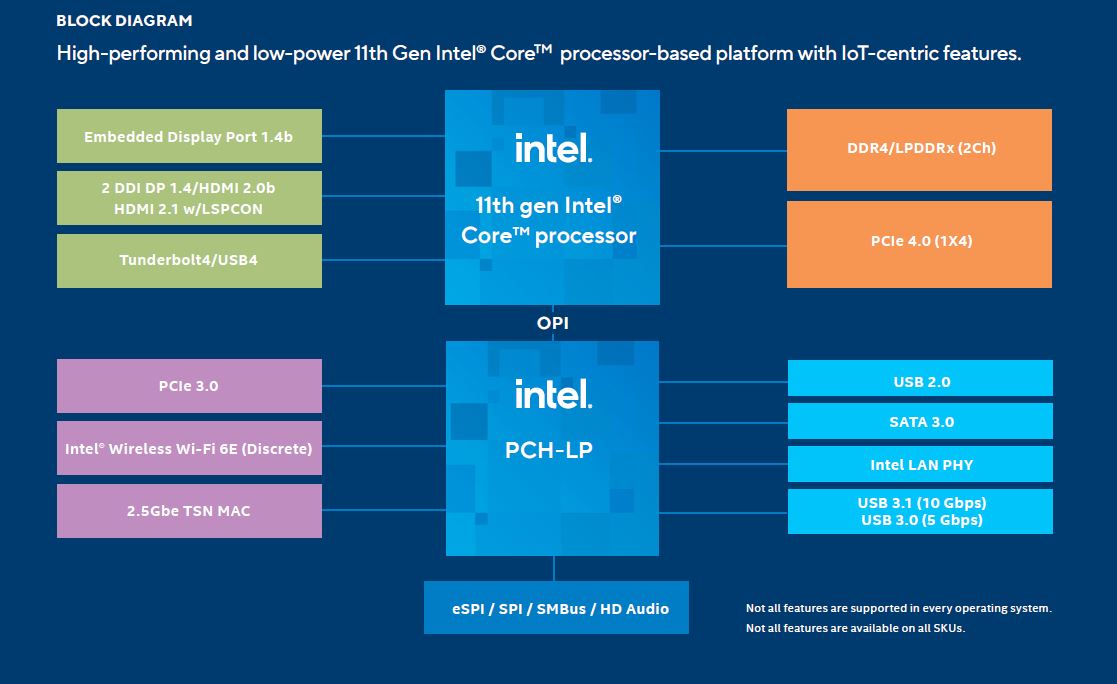
This brings higher-speed cores along with Intel Xe GPUs to the embedded market. With this launch, we can also use VNNI for edge inferencing. For those building embedded systems that have longer lifecycles, the addition of PCIe Gen4 (1×4) and Thunderbolt 4/ USB 4 should be a welcome upgrade. While the WiFi is not built-in, the new PCH has a 2.5GbE networking MAC built-in. That still likely will require an external PHY for most applications.
Here are the key specs for the chips:
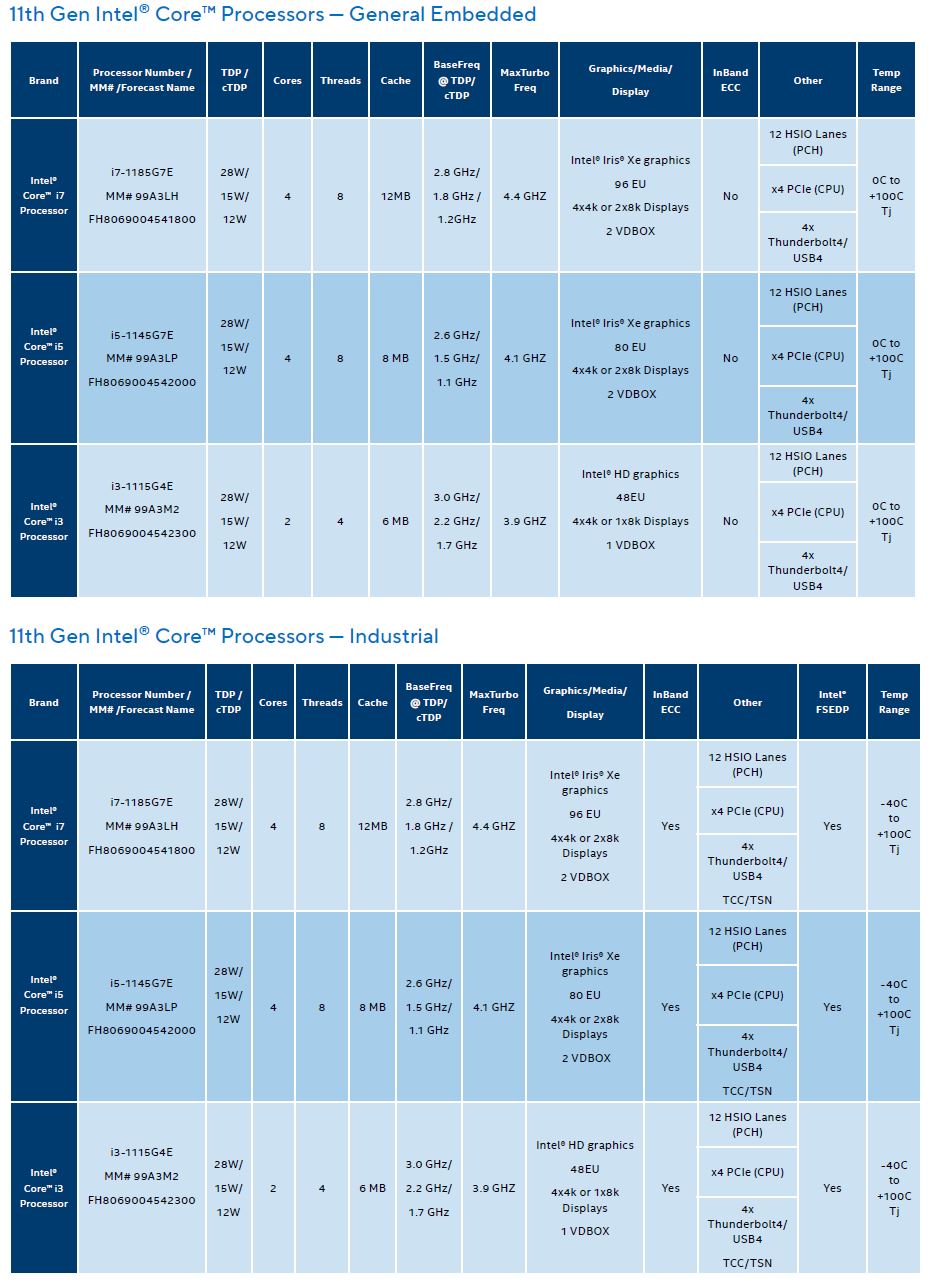
We hope to see these show up in systems soon.
Final Words
This is actually a great step. Intel has recognized that it needs to increase performance as the Arm competition in the market has increased steadily. At the same time, it has acquiesced that the Quark core IP that is currently found in the management and innovation engines of its server Lewisburg PCHs is not the path forward and has added Arm cores to manage its products.
For Intel’s edge portfolio, the new products are a big step forward. What may be more interesting is seeing what Intel has in store for this space. Specifically, we want to see higher-end solutions that bring more processing capacity to the edge. Four cores are great, but there are applications that need more.
It is always fun to see Intel sell packages they previously called “glued together” and with Arm cores. The way forward in the industry is multi-chip packaging and integrating IP from different vendors. This is actually a good example of where even on smaller packages this is starting to happen.

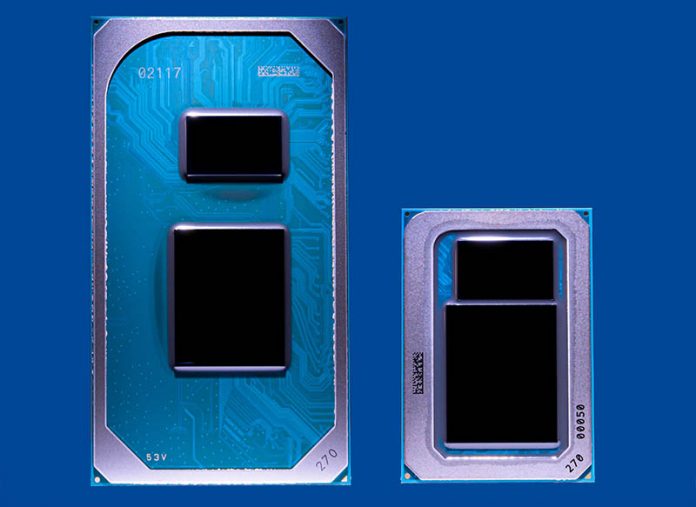



Cliff, those are SoCs for embedded world so terminology and function is a bit different than in general computing server world! E.g. “One of the more intriguing aspects is the Intel Programmable Services Engine (Intel PSE.) This is a management processor (ARM Cortex-M7 based) that runs Zephyr OS to provide IoT and out of band management functions. Intel also says this “lets you configure the Intel PSE to meet your application requirements and run real-time, ARM-based applications.” (Source: Intel) As a management interface, this can also allow one to remotely power cycle the device.” — should be more like “One of the more intriguing aspects is the Intel Programmable Services Engine (Intel PSE.) This is a dedicated processor (ARM Cortex-M7 based) for running RTOS like Zephyr OS to provide real-time capability needed in IoT world. Intel says this “lets you configure the Intel PSE to meet your application requirements and run real-time, ARM-based applications.” (Source: Intel) As a real-time solution this can also allow one to remotely power cycle the device.
Please have a look what NXP and TI are doing in embedded world, you will see bigger cores like Cortex-A53 accompanied with some Cortex-Mx or even Cortex-Rx or even special dedicated real time programming units. That is what Intel is doing here and not just any sort of out of band management. Hope this helps.
Karel
>Architecturally this is interesting. Intel is using a “glued” CPU with an I/O die (PCH) and the Atom cores and advertising that it can run Arm-based applications. It was only a few years ago, these features were competitive digs at AMD and Arm vendors.
Intel has had an on package PCH for their CPUs since at least 2009, it lets them have a smaller package while still using an older node for the IO.
I don’t understand why you call it glue since both AMD and Intel still have chipsets hooked up through PCI-E.
Still waiting for the Denverton successor. I suppose they are using the SuperFin manufacturing capacity for Ice Lake SP.